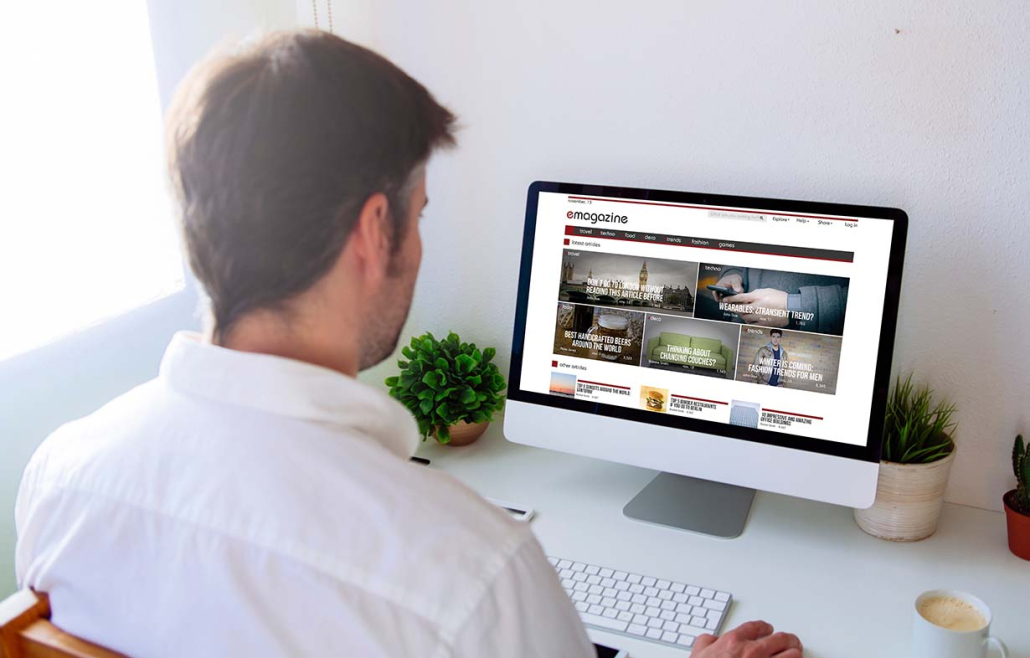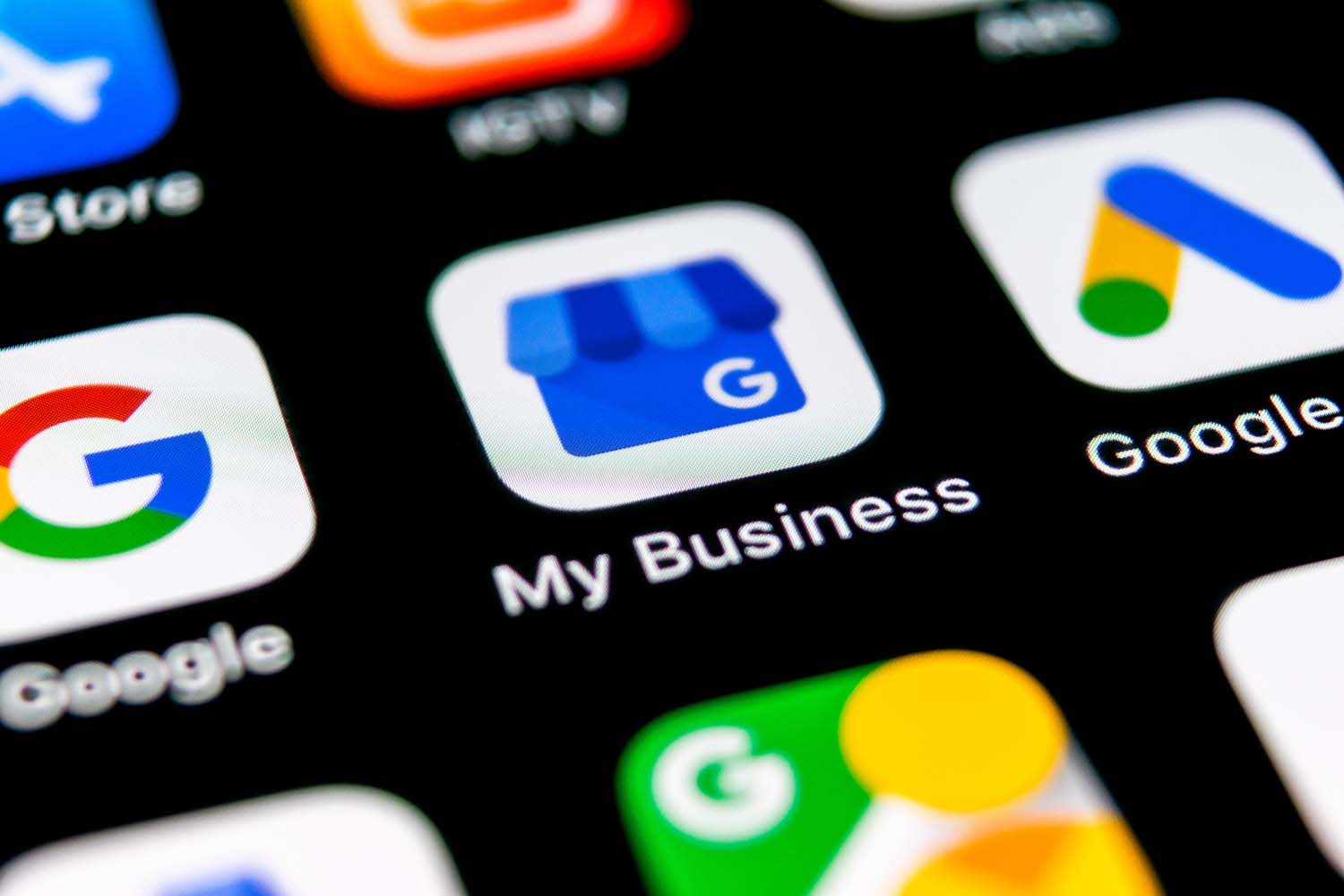Today, it’s typical that people find businesses through internet searches. Whether it is through search engines, map apps, or social media, it is crucial to list your business on various services for your business’ discoverability.
Listing services or online directories populate your business into search results and are the main way users and potential customers will learn about your business. Most of these will allow you to add important information about your business, such as its name, logo, location, hours, contact information, and any other pertinent information, e.g. a restaurant can include its menu. Depending on the service, you can also include photos, make regular posts, announce events, and provide offers.
Listings are a great way to establish a good reputation. On some, like Google and Facebook, users can leave reviews and ratings of your business. On other directories, they can also recommend your businesses in comments. These reviews boost consumer trust, with at least 73% of consumers trusting other customer reviews. By creating a listing, you also take control of this reputation. You can verify and take steps to remove false, negative reviews. You can similarly upload high quality photos and remove users’ poor-quality ones to ensure a good impression.
These listings are also a great way to connect with your customers. You can respond to the reviews, thank those celebrating your services or attempt to address those who may have complaints. Users and customers can also contact you through direct messaging on these services with questions, and you can respond to them directly.
Local Matters
While online directories allow people from a wider geographic range to find your business digitally, they’re extremely important for local business. Research shows that 97% of users search for local business, with 46% of all searches aimed at finding a local answer. Similarly, 76% of customers look at a business’ online presence before they physically visit. So even if your business’ operations are entirely physical and in-person, your discoverability among a local clientele still depends on these listings.
Listing Services/Online Directories
There is a myriad of places where you could list your business on the internet. It would be impossible to put your business everywhere, besides an ineffective use of your time. Let’s be honest, no one’s using the yellow pages anymore. Here are first five services where you should be listing your business.
Google Business Profile
Previously Google My Business, a Google Business Profile is listing for your business that appears in Google Search and Maps. Creating a Google profile for your business should be your first step to listing your business online. Google still holds more than 79% of all desktop searches, and on mobile it accounts for 60% of all searches, making a Google Business Profile is an easy way to immediately improve discoverability.
Apple Places
While Google Maps is the primary service for desktop and Android searches, many iOS users prefer the default Apple Maps app for searching their area. As a result, it’s a good idea to also register a Business Place on Apple, which will list your business on Apple Maps and populate it in Safari and Siri search recommendations.
Bing Places
Google may be king, but don’t count out Bing. Microsoft’s search engine still has over 1.114 billion users, part of which stems from the fact that it is built into every Windows install. 55% of those users search for products and businesses. For full search coverage, it’s best to add your business as a Bing Place.
Facebook Pages
Facebook Pages for businesses are aimed at increasing their discoverability among an audience. Users can become fans of your business. This means they will see any updates, posts, or new photos you upload in their feed. Any post they like or engage with will also populate into their friends’ feeds, and Facebook can also populate your page into their feed as a recommendation.
LinkedIn Pages
LinkedIn pages, like Facebook pages allow you create posts and have followers. A LinkedIn page also creates and builds a network for your business among your employees and their connections. It also allows you to connect to other business’ pages. While general consumers are less likely to find a business through LinkedIn, it is especially advantageous if your business regularly partners with or provides services for other businesses or professionals.
Some other recommendations
Tripadvisor
Many users refer to Tripadvisor for customer reviews, especially in the hospitality industry. If your business is in this industry, it’s a good idea to create or take control of your business’ listing.
Instagram and TikTok
You are probably all too aware that social media is extremely important for your business and customer outreach. However, a business page on Instagram and TikTok is only becoming increasingly important for discoverability. A Google senior vice president recently referenced an internal study that found 40% of young people search for local businesses, especially restaurants, through TikTok and Instagram rather than through Google.
Getting Your Listings Together
Creating these listings can take some work. Reach out to Rosewood Marketing, and we can also help you discover more specialized online directories suitable to list your business. We can also help you develop your brand to create cohesive and consistent listings. Our photography and videography team can help you create striking visual content. Lastly, our Digital Marketing and Social Media Marketing teams are masters of creating content and engagement to help you create productive listings.






